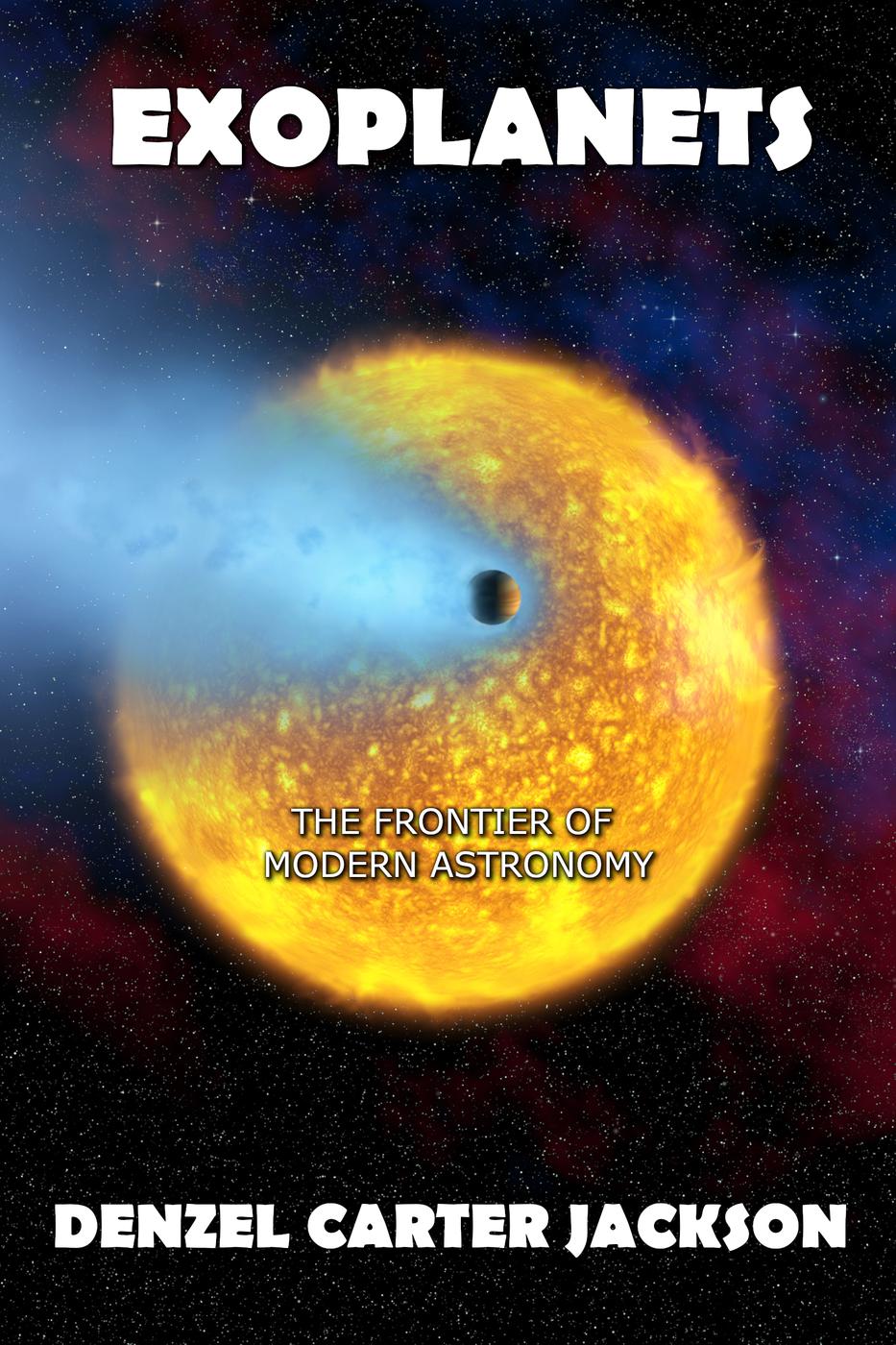

Most ebook files are in PDF format, so you can easily read them using various software such as Foxit Reader or directly on the Google Chrome browser.
Some ebook files are released by publishers in other formats such as .awz, .mobi, .epub, .fb2, etc. You may need to install specific software to read these formats on mobile/PC, such as Calibre.
Please read the tutorial at this link: https://ebookbell.com/faq
We offer FREE conversion to the popular formats you request; however, this may take some time. Therefore, right after payment, please email us, and we will try to provide the service as quickly as possible.
For some exceptional file formats or broken links (if any), please refrain from opening any disputes. Instead, email us first, and we will try to assist within a maximum of 6 hours.
EbookBell Team

4.4
12 reviewsExoplanets have been found in a relatively small region of our galaxy, the Milky Way. According to NASA's Kepler Space Telescope, there are more planets in the universe than stars.
Our solar system's exoplanets comprise similar elements to our planets, but their mixtures may differ. By measuring the sizes (diameters) and masses (weights) of exoplanets, we can determine their compositions, which range from very rocky (like Earth and Venus) to very gaseous (like Jupiter and Saturn). Some planets may be dominated by water, ice, or iron, while others are dominated by iron or carbon. A stellar world with lava seas, a puffy planet, and a planet whose core is as dense as Styrofoam have been identified.
Since then, we've discovered thousands of exoplanets using various detection methods. From Earth, it is infrequent to see an exoplanet through a telescope the way you might see Saturn. Direct imaging has only been used to find a handful of exoplanets (and these are usually young gas giants orbiting very far from their stars).
Exoplanets are now part of our universe. There are thousands of confirmed planets. This is only a tiny part of the entire galaxy. As we increase the number and observing power of robotic telescopes deployed in space, the number could rise into the tens of thousands within a decade.
Since then, we've discovered thousands of exoplanets using various detection methods. From Earth, it is infrequent to see an exoplanet through a telescope the way you might see Saturn. That's called direct imaging, and only a handful of exoplanets have been found this way (and these are young gas giant planets orbiting very far from their stars).
Exoplanets are now part of our universe. Thousands of planets have been confirmed. This is only a tiny sampling of the galaxy. By deploying more robotic telescopes into space, we will see tens of thousands of stars within a decade.